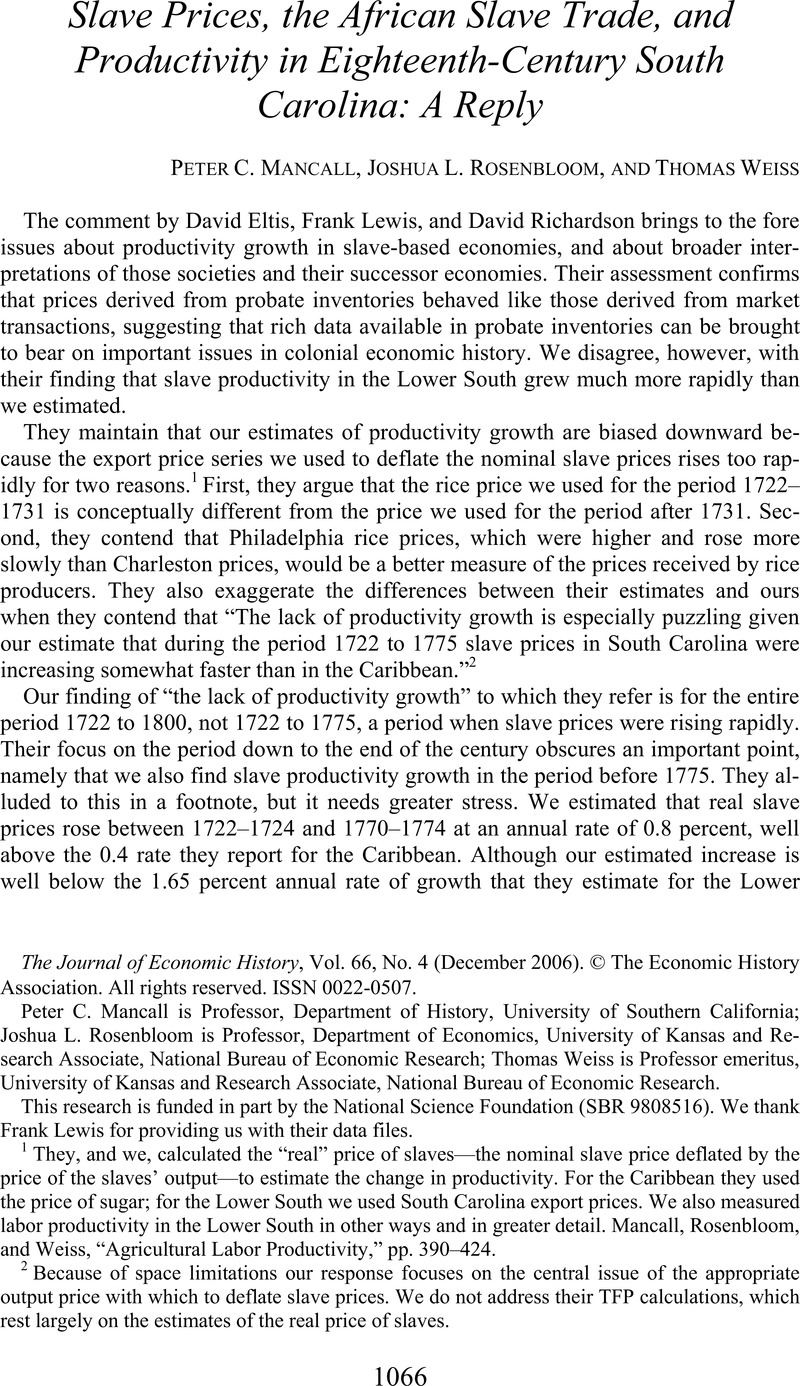Crossref Citations
This article has been cited by the following publications. This list is generated based on data provided by Crossref.
Thurston, Thomas
2007.
SLAVERY: ANNUAL BIBLIOGRAPHICAL SUPPLEMENT (2006).
Slavery & Abolition,
Vol. 28,
Issue. 3,
p.
407.



